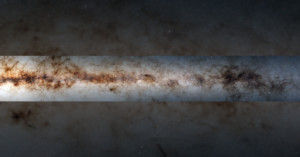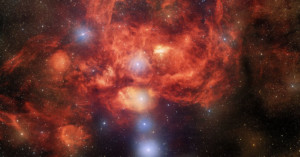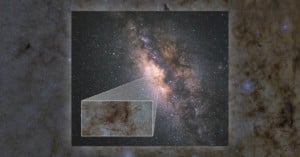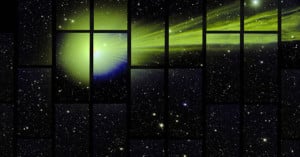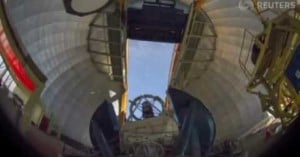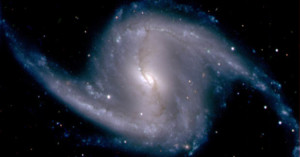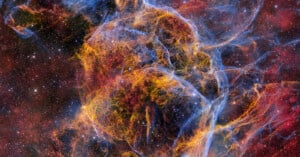
The Detail in This New 1.3-Gigapixel Photo of a Supernova is Incredible
Using the remarkable 570-megapixel Dark Energy Camera (DECam), astronomers have made a 1.3-gigapixel image of the ghostly Vela Supernova Remnant. The beautiful, detailed, and colorful image is the largest DECam image ever at 35,786 by 35,881 pixels, putting even the highest-resolution medium-format interchangeable lens cameras to shame.

